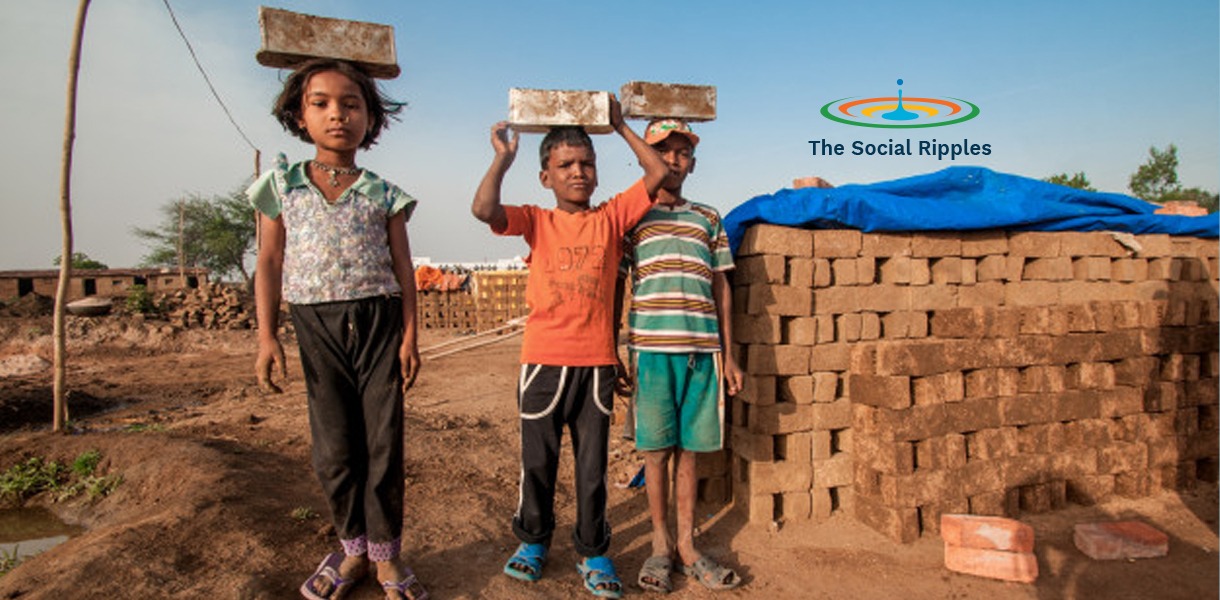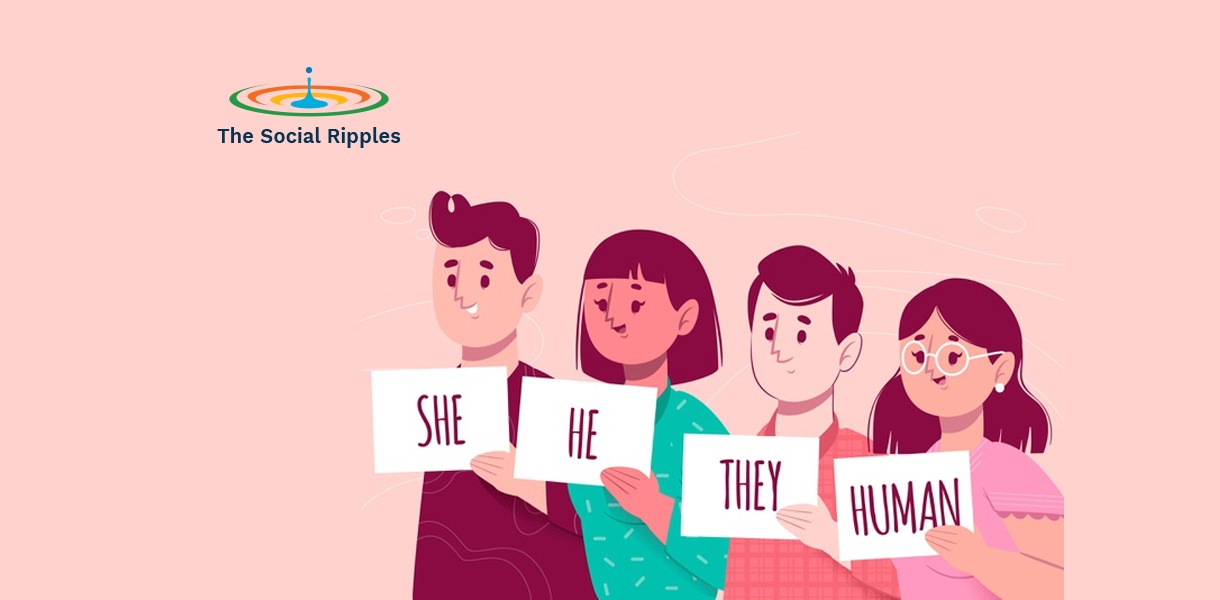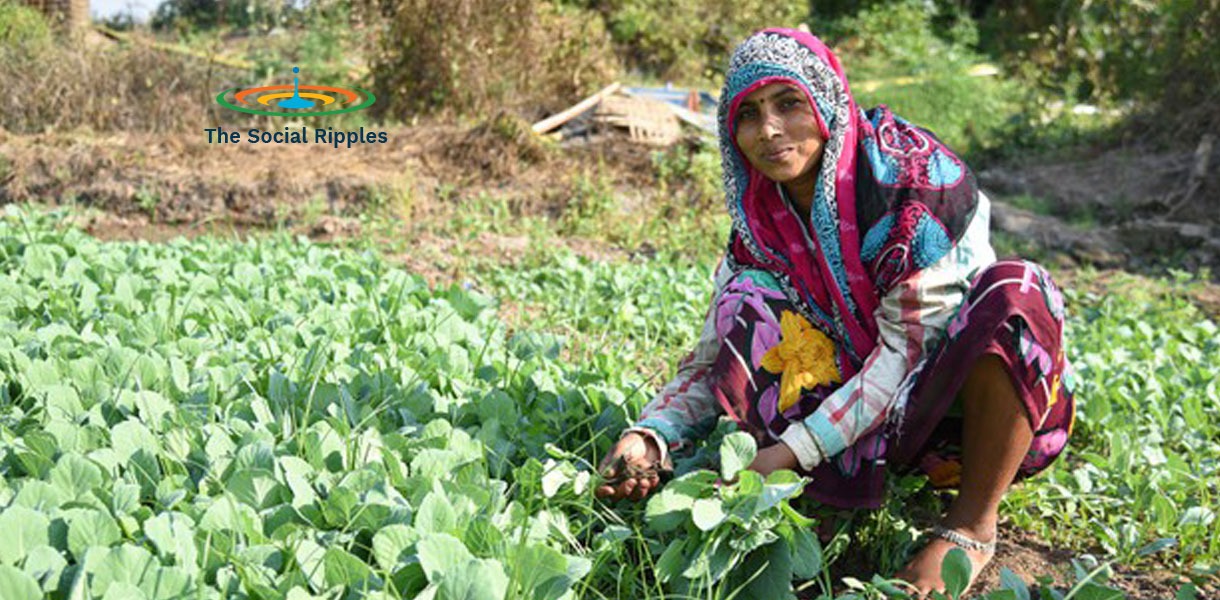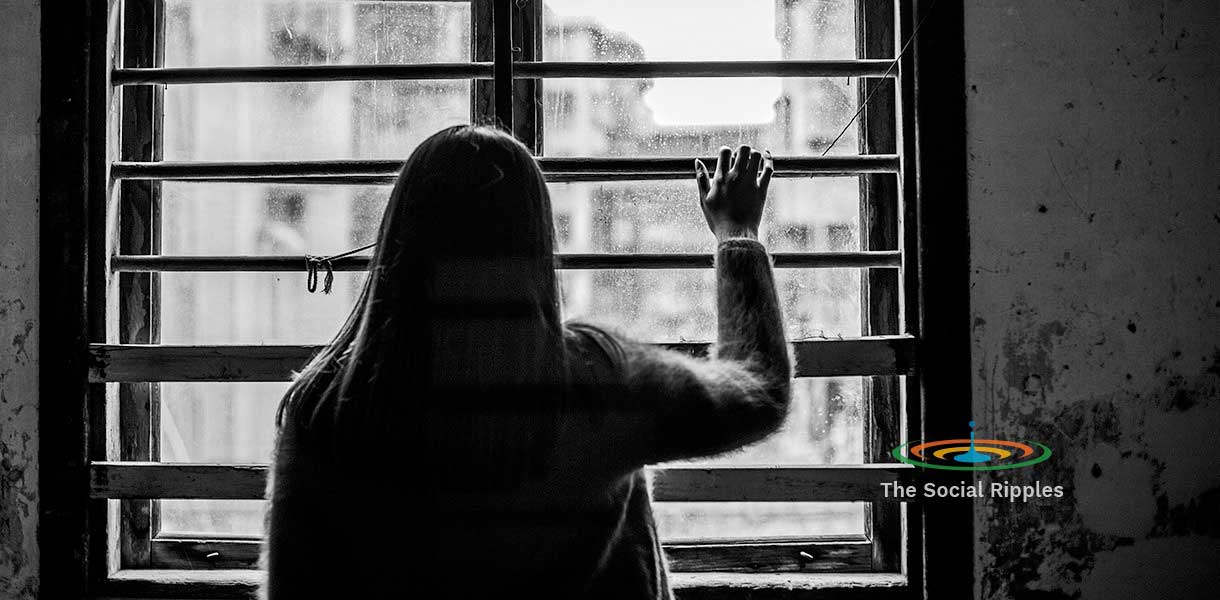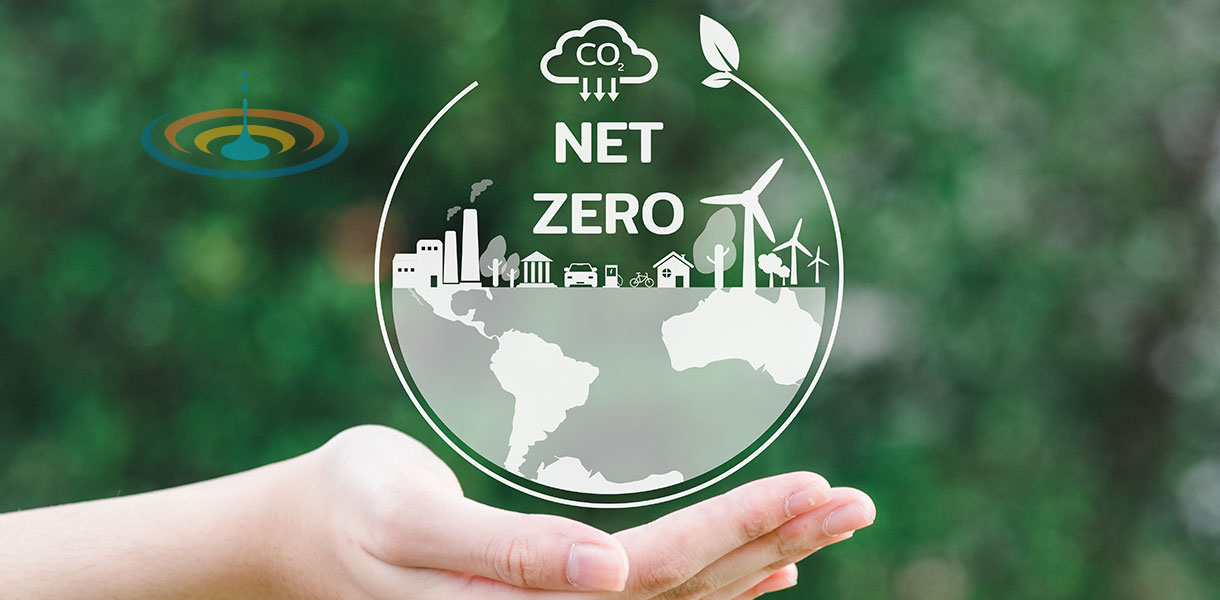
It is a harsh reality that human civilization has been depleting natural resources and in the 21st century, this depletion of natural resources has been exacerbated resulting in the polluted masses of land and other natural resources. And we have been exploiting the resources and the planter as if there was another planet full of resources, we could move next. If we thought it would only affect the coming generations, pollution has proven to be one of the biggest global killers, competing with malaria and HIV, affecting over 100 million people as per the World Health Organization. With glaciers melting, oceans rising, and microplastics being found in fetuses and the bloodstream of marine life, it is time we work our way through sustainable means and make resources last, although it is already late.
With the gradual and alarming rise of global warming, we are only 90 seconds to midnight on the Doomsday Clock, a metaphor to represent the proximity of humanity to self-destruction due to climate change and other factors. The coastlines are getting flooded, and within a few years, many of the known cities globally will be under the water. Verily, continuous efforts have been made over the years to delay, pause, stop, and reverse this all from happening, and with the advancement of technologies, the countries renew their goals towards their emissions. And in today’s time, we are working towards achieving a Net Zero Status.
What is Net Zero and Why?
Speaking on a broader level, Net Zero represents cutting the emission of greenhouse gasses and bringing it down to almost zero, and re-absorbing the remaining emissions by forests and oceans. The Paris Agreement called for limiting the global temperature increase to 1.5°C above pre-industrial levels, which currently lies at the 1.1°C warmer mark than the temperature in the late 1800s. it can be limited and achieved by reducing emissions by 45% by 2030 and reaching a Net Zero state by 2050.
Net Zero and India
India adopted the long-term goal to achieve Net Zero status by the year 2070 at the 26th Conference of the Parties (COP26) in Glasgow, UK, to the United Nations Framework Convention on Climate Change (UNFCCC). The country has continued decoupling greenhouse gas emissions from its economic growth. India already has the Net Zero target for its railways to reduce its emissions by 60 million tons annually by 2030. In addition to it, the country’s LED bulb campaign reduces emissions by 40 million tons annually.
The target of achieving Net Zero status by India certainly looks like a long-term goal, but getting the roadmap planning completed and translating it into action will not be an easy task. It would take joint efforts of the public & private sectors, with communities playing a very crucial role in implementing, adopting, and maintaining it. The national chairman of the Confederation of Indian Industries (CII) Indian Green Building Council, Gurmit Singh Arora raised a concern that “India must invent an entirely new method of progress, which will be extremely difficult” He further added, “Can the new method be green and sustainable without hindering growth? Is it plausible and climate-friendly?”
Verily, these are some genuine concerns for a developing country like ours, where the major dependency for energy is upon natural resources, especially coal, pumping out large amounts of emissions on a yearly basis. In addition to it, the developing country requires a lot of financial support to gradually translate its energy needs, moving from natural resources to greener, non-polluting, and renewable means.
While India is one of the super-emitters and poorest, the country cannot match the plans made by the developed countries and hence, would need to devise a different path to reach its net-zero status. It is a country that has several other goals to achieve first, in order to chase the bigger goals. These would include working out the solution for sheer poverty that the millions of its citizens are struggling with, reducing the growing bills for importing fuel, keeping the energy bills lower, and most importantly, feeding the biggest population in the world while living with extreme weather events that threaten agriculture and produce every year.
As per a published report, Getting India to New Zero, India requires an investment of 10.1 trillion dollars to achieve its 2070 target and we are yet to begin. If we are to match our target with the global target of achieving Net Zero by 2050, the investment requirements will reach 13.5 trillion dollars.
Community-Level Approach for Transformation
If we think that one fine day the government will release a new law or rule regarding cutting down on emissions and in a few years, we will achieve Net Zero status, it is a far-fetched dream. We are talking about a whopping population size of 1.4 billion citizens, where Coal and oil serve as bedrocks for the country’s industrial growth and modernization. As per a report by IEA, ‘every year, India adds a city the size of London to its urban population, involving vast construction of new buildings, factories, and transportation networks.’
In such a scenario, the change has to initiate at the grassroots level and go upward, working its way through, from the households to the cities, states, and industries and eventually creating a nation with Net Zero status. And the population is gradually adopting the concept of eco-friendliness, as the global media keeps sensitizing the matter through various electronic and print means. One of the finest examples of such is Gujarat’s Modhera community, which has adopted the Net Zero status already, with over 1,380 households in the area having solar rooftop systems to cater to their day-to-day energy requirements without relying on non-renewable energy sources.
A big question arises here about the mass population of the country being not sensitized enough about the concept of Net Zero and why it is beneficial for them. This is where the role of people like us comes into play, where it becomes our duty to not only reach out to the grass root level but to motivate and train them to bring the much-required behavioral change in their practices so that it brings about the much-needed difference in the long run. We must give back to the community by working for them by translating high-end information to communities in a way that they understand and adopt naturally. As a tribal who fetches water every day from a perennial river wouldn’t understand why they need to conserve water unless we guide their thought process to help them understand how not conserving the water today will impact their future generations and how they will not get enough. Only the people who understand the issues at the grass root level can translate the idea of being water neutral and net zero in the long run for the betterment of themselves, their community, their country, and the world at large.
One of the Heads of Deutsche Bank mentioned paving the way towards Net Zero status, saying, “India has pledged to cut its carbon emissions to net zero by 2070 – seemingly a less stringent target than those set by other major economies. However, for an emerging economy of 1.4 billion citizens where energy demand keeps rising, strong partnerships, innovation and finance are key to making this happen”
Similarly, the public and private bodies require to come together as one, helping the population fight the challenges aforementioned, and channel the growth of the country towards a brighter tomorrow. For it is not only for the sake of the nation but a beautiful global impact. With the right integration of the government policies, and support of the private institutions, and communities working together towards a better tomorrow, we shall achieve the Net Zero status by 2070, if not earlier.

